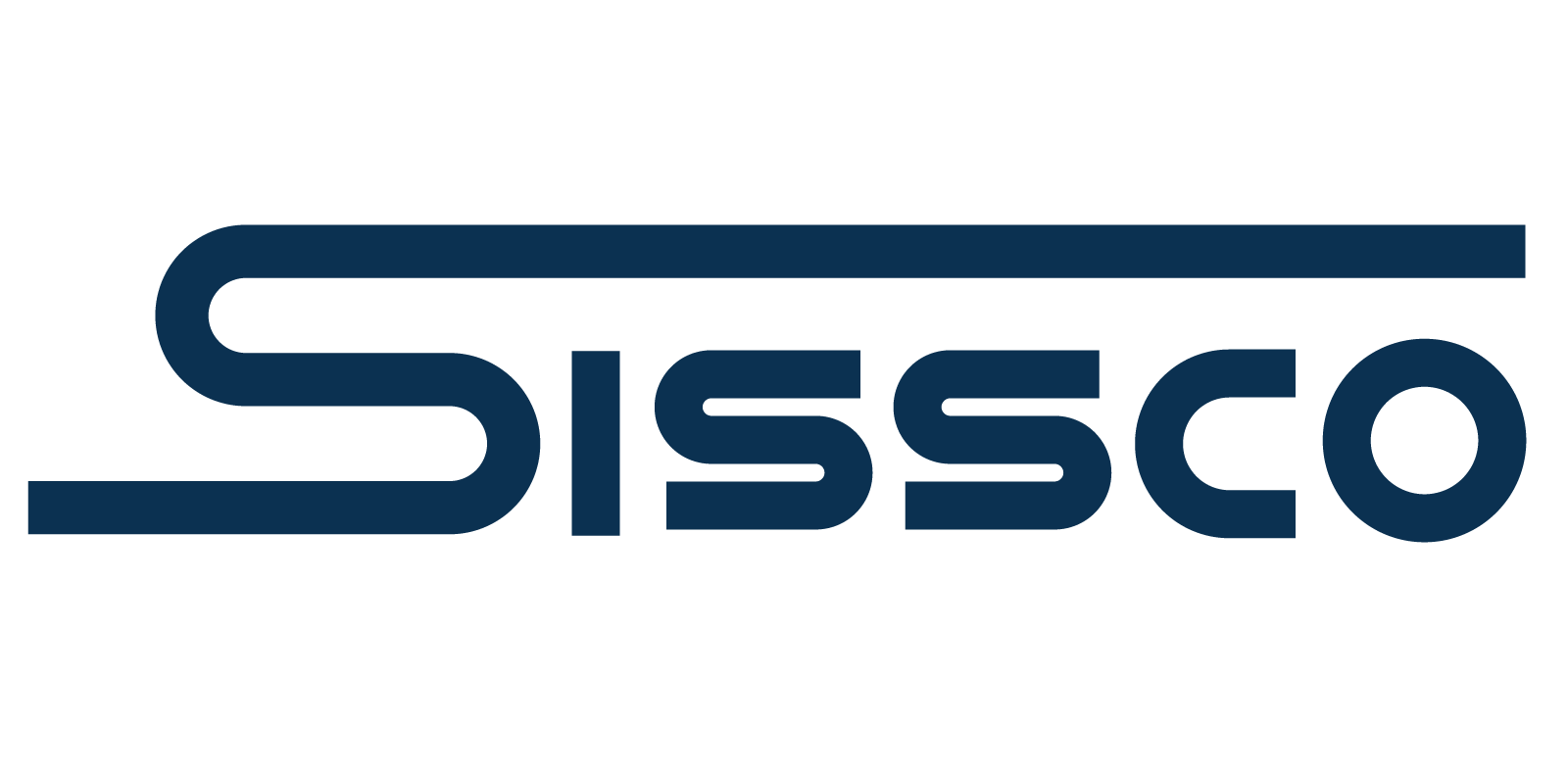Hoists are an essential tool in construction and manufacturing, but like any piece of machinery, they can experience breakdowns. To keep your hoist operating safely and efficiently, it’s important to understand the moving parts that are most commonly subject to wear and tear and how to identify and repair any issues.
Let’s review the most common breakdowns experienced by hoists and provide practical tips and best practices for repairing each issue.
- Wire Rope: The wire rope is one of the most critical parts of a hoist and is susceptible to wear and tear from frequent use. Common issues with the wire rope include fraying, kinking, and corrosion. To identify these issues, inspect the wire rope for signs of wear or damage, and if necessary, replace the rope before it fails and causes damage to the hoist or the load being lifted.
- Brakes: The brake is an essential component of a hoist and is responsible for controlling the movement of the load. Common issues with the brake include slipping, sticking, and loss of tension. To repair these issues, inspect the brake system for signs of wear or damage, and if necessary, replace the brake components or adjust the pressure to ensure proper functioning.
- Motors: The motor is the power source of the hoist, and common issues include overheating, electrical faults, and mechanical failures. To repair these issues, inspect the motor for signs of damage, and if necessary, replace the motor or repair any damaged parts to ensure proper functioning.
- Gearboxes: The gearbox is responsible for transmitting the power from the motor to the hoist drum, and common issues with the gearbox include gear wear, damage to the gear teeth, and gear misalignment. To repair these issues, inspect the gearbox for signs of wear or damage, and if necessary, replace the gearbox or any damaged components to ensure proper functioning.
- Control Panel: The control panel is responsible for controlling the hoist, and common issues with the control panel include electrical faults and mechanical failures. To repair these issues, inspect the control panel for signs of wear or damage, and if necessary, replace the control panel or any damaged components to ensure proper functioning.



